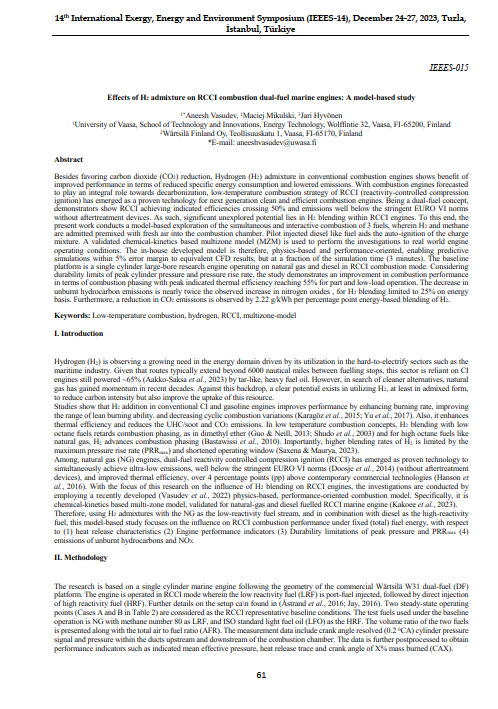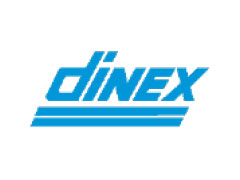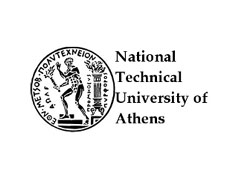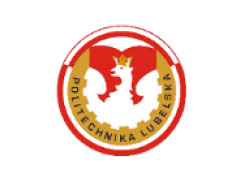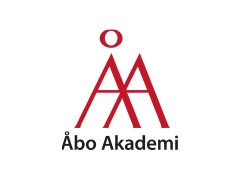Besides favoring carbon dioxide (CO2) reduction, Hydrogen (H2) admixture in conventional combustion engines shows benefit of improved performance in terms of reduced specific energy consumption and lowered emissions. With combustion engines forecasted to play an integral role towards decarbonization, low-temperature combustion strategy of RCCI (reactivity-controlled compression ignition) has emerged as a proven technology for next generation clean and efficient combustion engines. Being a dual-fuel concept, demonstrators show RCCI achieving indicated efficiencies crossing 50% and emissions well below the stringent EURO VI norms without aftertreatment devices. As such, significant unexplored potential lies in H2 blending within RCCI engines. To this end, the present work conducts a model-based exploration of the simultaneous and interactive combustion of 3 fuels, wherein H2 and methane are admitted premixed with fresh air into the combustion chamber. Pilot injected diesel like fuel aids the auto-ignition of the charge mixture. A validated chemical-kinetics based multizone model (MZM) is used to perform the investigations to real world engine operating conditions. The in-house developed model is therefore, physics-based and performance-oriented, enabling predictive simulations within 5% error margin to equivalent CFD results, but at a fraction of the simulation time (3 minutes). The baseline platform is a single cylinder large-bore research engine operating on natural gas and diesel in RCCI combustion mode. Considering durability limits of peak cylinder pressure and pressure rise rate, the study demonstrates an improvement in combustion performance in terms of combustion phasing with peak indicated thermal efficiency reaching 55% for part and low-load operation. The decrease in unburnt hydrocarbon emissions is nearly twice the observed increase in nitrogen oxides , for H2 blending limited to 25% on energy basis. Furthermore, a reduction in CO2 emissions is observed by 2.22 g/kWh per percentage point energy-based blending of H2.
